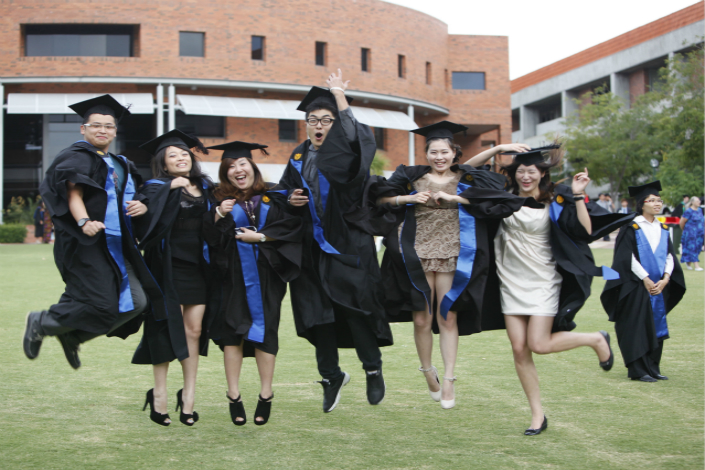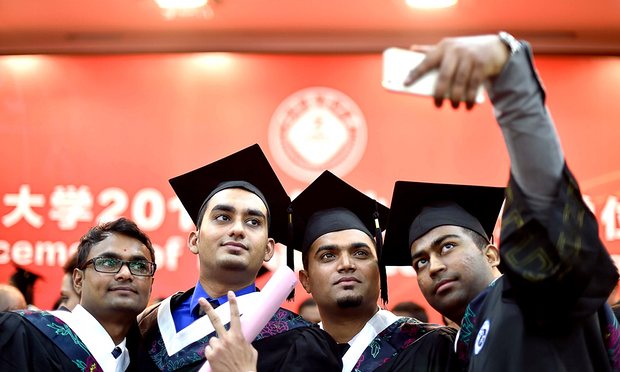In Chinese universities, the Midterm Exam and Final Exam play a crucial role in determining a student’s Grade Point Average (GPA). These assessments are not only a measure of academic progress but also serve as a comprehensive evaluation of a student’s understanding of the course material. In this article, we will delve into the significance of these exams in shaping a student’s academic performance in the Chinese higher education system.

First and foremost, the Midterm Exam and Final Exam serve as benchmarks for assessing a student’s grasp of the subject matter. These examinations are designed to cover a significant portion of the course content, allowing professors to gauge whether students have acquired the essential knowledge and skills. A strong performance in these exams indicates that a student has successfully absorbed the material, demonstrating a solid foundation in the respective academic discipline.

Moreover, these exams contribute significantly to the overall GPA, a numerical representation of a student’s academic achievement. Chinese universities commonly use a 4.0 scale for GPA, where each course carries a specific weight based on credit hours and performance. Both the Midterm and Final Exams usually account for a substantial portion of the final grade, emphasizing their impact on the overall academic standing of a student. Consequently, diligent preparation and success in these exams can positively influence a student’s GPA, opening doors to scholarships, honors, and future academic opportunities.
In addition to their role in academic assessment, Midterm and Final Exams in Chinese universities serve as tools for promoting effective study habits and time management skills. The preparation required for these exams encourages students to adopt disciplined study routines, allocate sufficient time for revision, and prioritize their academic responsibilities. The ability to handle the pressure of exam periods and meet deadlines is a valuable skill that extends beyond the classroom, preparing students for the challenges they may face in their future careers.
Furthermore, the emphasis on Midterm and Final Exams reflects the Chinese education system’s focus on comprehensive evaluation. Unlike continuous assessment methods, which distribute evaluation throughout the semester, these exams provide a holistic view of a student’s understanding of the course. This system encourages students to stay engaged with the material from the beginning to the end of the semester, promoting a deeper and more enduring learning experience.

However, it is essential to acknowledge the potential drawbacks of such an examination-centric evaluation system. The stress and pressure associated with Midterm and Final Exams can be overwhelming for students, potentially impacting their mental well-being. Recognizing this, some universities in China are exploring alternative assessment methods, such as project-based evaluations and continuous assessment, to create a more balanced and supportive learning environment.

The Midterm Exam and Final Exam hold significant importance for a student’s GPA in Chinese universities. These exams serve as critical assessments of academic achievement, influencing a student’s overall standing and shaping their study habits. While the examination-centric approach has its merits, it is essential to consider the well-being of students and explore innovative assessment methods that promote a more holistic and sustainable approach to learning and evaluation in higher education.




